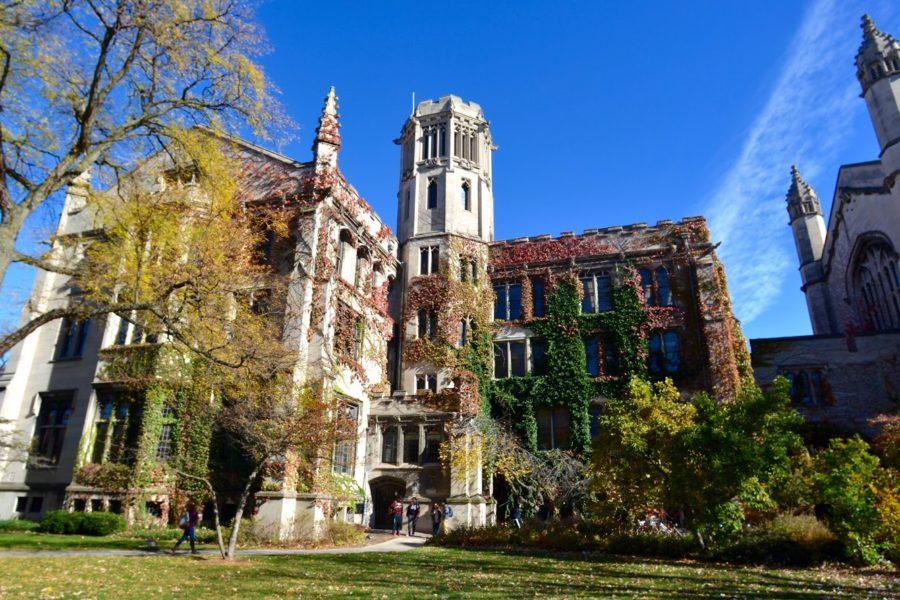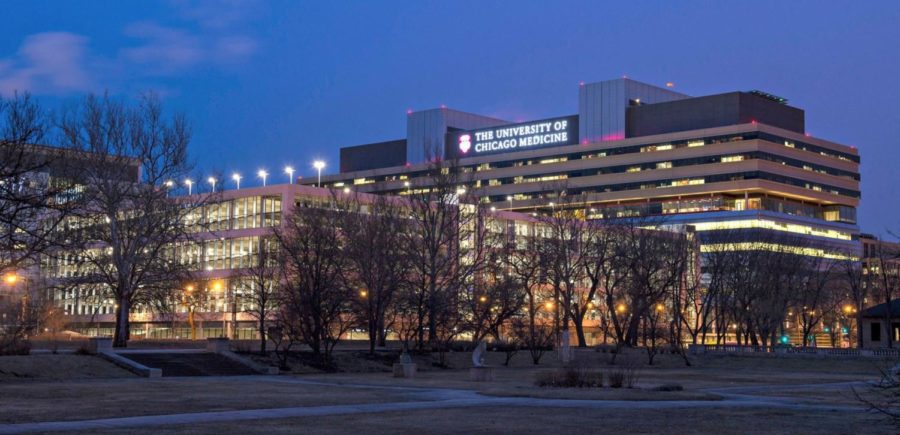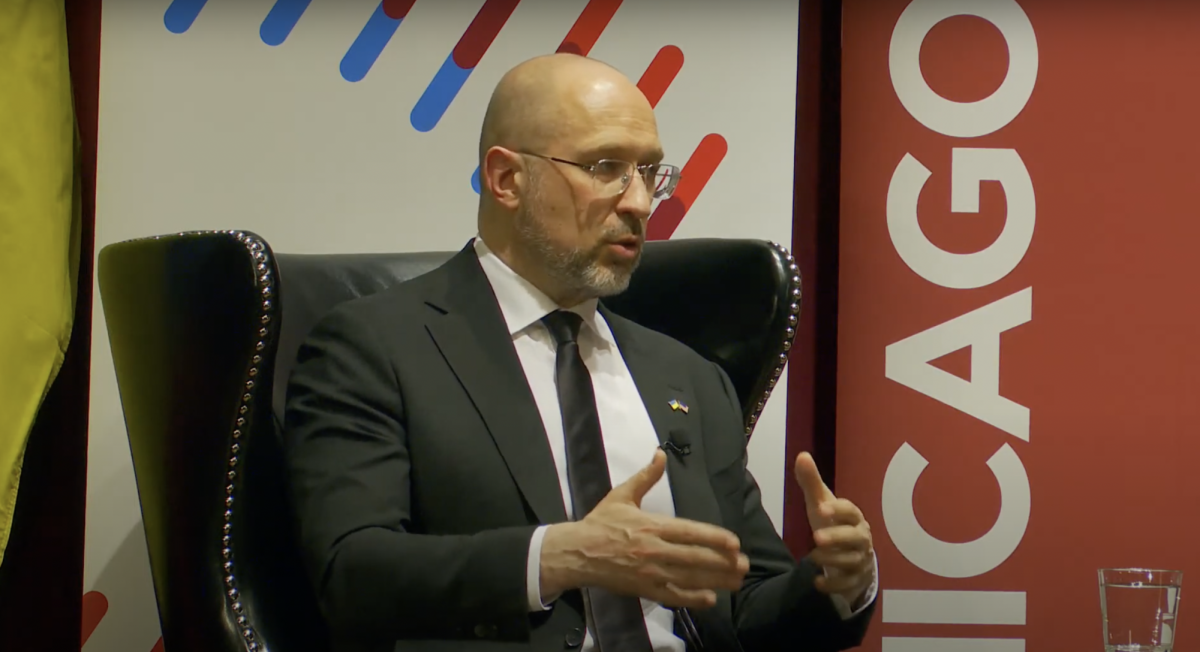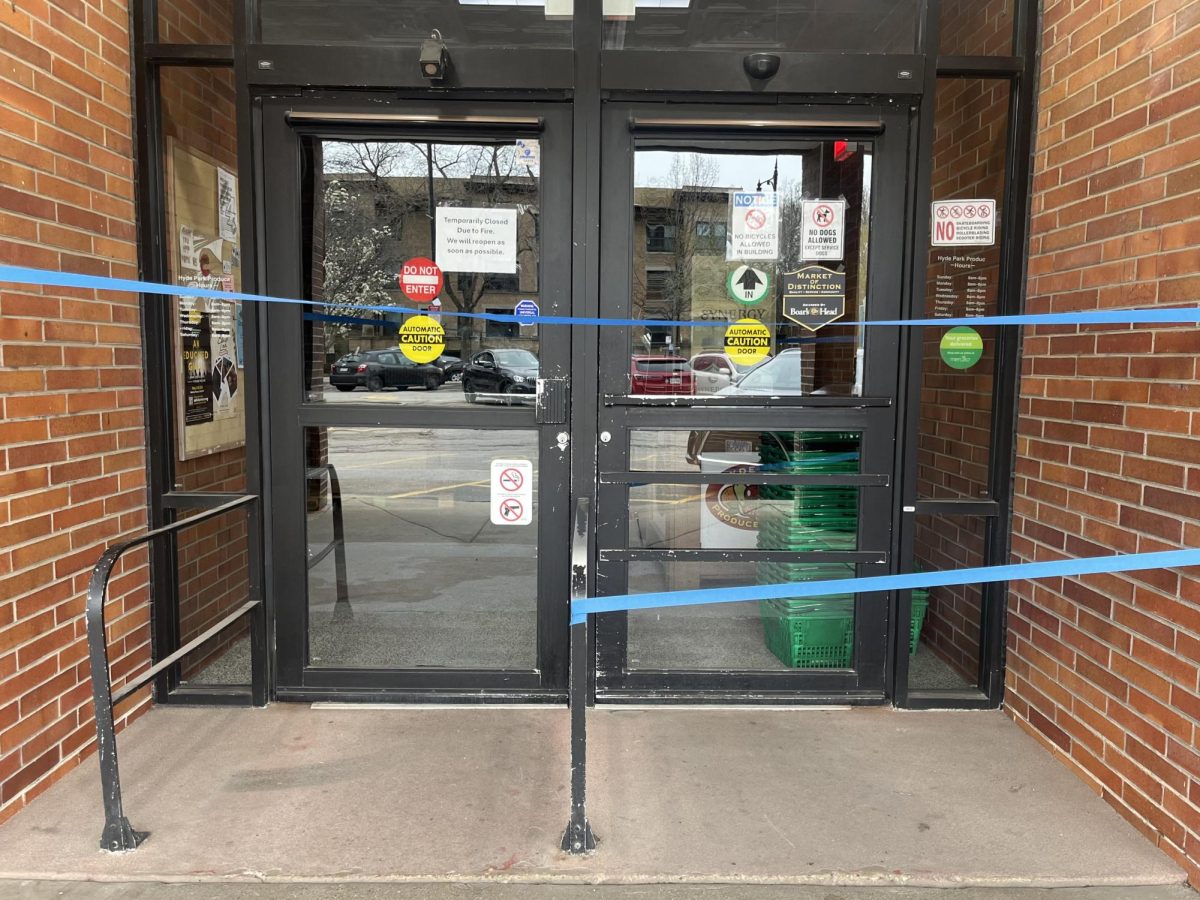Members of campus religious groups joined Provost Richard Saller in front of Rockefeller Chapel on April 4 at the opening of the University’s new $1 million Interreligious Center. After a ribbon-cutting ceremony, students from campus Buddhist, Christian, Jewish, and Muslim groups took part in a dedication ceremony inside the Chapel with religious songs, spoken words, dances, and archery.
“The ceremonies were beautiful,” said Father Patrick Rugen, chaplain of Calvert House. “It occurred to me that there are a lot of different ways to look for transcendence in life. [The ceremony] makes you aware of the real diversity here at the University of Chicago, and the many different ways to worship and show reverence for life and the Creator.”
The Interreligious Center, located in the basement of Rockefeller Chapel, had its first visitors after the dedication ceremony. As they toured the center, visitors praised its three octagonal rooms and enjoyed vegetarian food.
The center’s opening was a culmination of several years of planning and preparation. Work on the project began when Alison Boden, dean of Rockefeller Chapel, requested funding from the University.
“We’ve had a need for years for a space for religious students to meet in,” Boden said. As the University underwent construction, “new spaces were becoming available or older spaces were being vacated by groups that were moving into newer spaces.”
Four years ago, Boden proposed using the basement of Rockefeller as a future site for the center. “It was really a large unused space,” said Boden.
The University hired architect Nevin Hedlund, a specialist in religious architecture, to design the center. Hedlund met with representatives of different religious organizations on campus, listened to their design ideas and religious needs, and presented the committee with a viable plan. However, a change in city building regulations drove up the project’s cost and stalled its completion until the fall of 2005.
After only a few months, the unfinished basement of Rockefeller Chapel has been transformed into an elegant center for religious services.
Although the center is not entirely completed—it still needs an efficient security system —Boden plans to fill the space with couches, coffee tables, and sacred artwork from different cultures.
The center, which will serve as a meeting place for various religious groups on campus, will be a place where different groups can get to know one another, according to Boden.
The center will also be used for events and programs, such as “What Matters to Me and Why,” which is currently conducted in the Reynolds Club South Lounge.
Although groups such as the University’s Episcopalian, Catholic, and Jewish communities have their own spaces, they are inspired by Boden’s “commitment to making this happen [and] trying to make sure that religious life has a place that works for the students,” according to Stacy Alan, chaplain of Brent House.
Campus groups also plan to encourage those members interested in interfaith work to attend and participate in events held at the Interreligious Center.
Additionally, the center’s space is available for those who are not affiliated with any religion or religious organization.
“Rockefeller is a huge, huge, place,” said Rabbi David Rosenberg of Hillel House. “It has become an intimate place for student groups of all kinds to come to meet to celebrate religious life. It’s not closed to students who are not involved [in] religious [organizations].”
The center also provides a long awaited permanent place for the rapidly growing Muslim community on campus.
The opening of the center, which coincides with Islamic Awareness Week, is “symbolic of the awareness the University now has for its Muslim population,” according to fourth-year in the College Hasan Ali, president of the Muslim Students Association (MSA).
“[The center] does remarkable things for the Muslims on campus,” Ali said. “We’ve been trying to get space for the past five or six years and we’ve had trouble. Our community is the largest community without a house.”
Ali added that the group’s space would consist of a multipurpose room to be used as a center for MSA activities.
“It’s acknowledging our place in the University and accepting us into the [larger] community,” Ali said.
The center speaks not only to the needs of religious groups but also to diverse religious life.
“Some colleges and universities, like us, who have more religiously diverse student bodies have been trying to create centers, and I think that ours could become a sort of model for universities that have different spaces available to them,” Boden said.
The Interreligious Center is open to all University students, faculty, University religious organization affiliates, and alumni.









